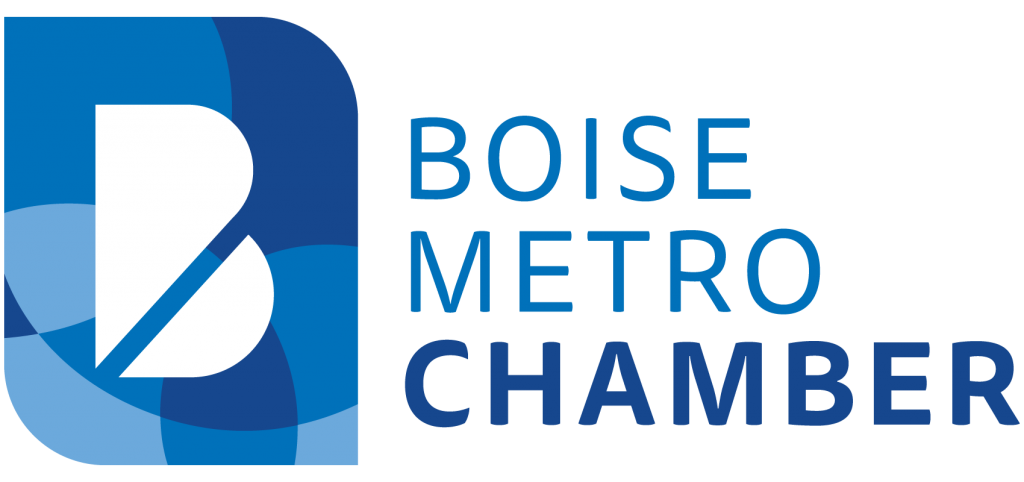Designing private offices for an office often brings a direct clash between the practical and emotional considerations of workspace design. Here’s how we navigated it.
One of the challenges we faced as we remodeled our showroom was creating enough seats for our growing team. Previously, we had 15 total seats including one private office, which only existed to show off products (no one sat in it on a regular basis). Over the course of 2020, we knew that we would be adding a handful of new people to our team and had to rework our space to make them fit. While the heart of the issue was a similar problem that most of our customers face on a regular basis, ours had a unique twist.
Diagnosing Our Remodel Problem, Practically and Emotionally
With the need to create more seats, we asked ourselves: do we build more private offices and ask some of our employees, who had previously been working in an open plan workstation configuration, to move back into the box?
We explored this issue further and realized that there was both a practical and emotional component to the discussion. As a company who sells furniture, we wanted to showcase more private office options and solutions; but, because of our limited space, it didn’t make sense to do so without someone on our team using those spaces. This was the practical part of the remodel.
However, on the road to addressing this practical problem, it became clear that the potential new tenants of these private offices didn’t fully love the idea of feeling separated from the rest of the team. One of the core values of our company is “Team Before Self” and having a close-knit group has always been our normal. The new private office tenants had grown accustomed to sitting out in the open with everyone and enjoyed it. This was the emotional part of the remodel.

We know that most, if not all, of our customers can relate to this battle between practical and emotional considerations of designing or remodeling a workspace. Often, it’s the trickiest part to navigate. Focusing on the needs of the project and not losing sight of what people in the space want and need is always a balancing act.
Evaluating the Benefits of Private Offices in an Open-Office World
A simple option to address the emotional considerations of our remodel: don’t add any more private offices. Instead, build out additional workstations into the floor plan to accommodate for more seats. While this option may have appealed to the future tenants of the private offices, they also knew it didn’t make much sense as a showroom for commercial furniture not to showcase multiple layouts of private offices.
While the world of work has become increasingly more based around open offices, a recent research study by Haworth, which surveyed projects across a variety of industries installed from 2010 – 2019, revealed that closed, individual private offices still account for 27% of the workspace floor plan on average. Additionally, 23% of the floor plan on average is closed, group offices.

Haworth’s research found that 50% of the floor plan is still dedicated to private and group closed offices.
Some of the reasons why private offices still have a place in workspace design today are:
- There are, and will always be, conversations between employees and managers that need to happen behind closed doors.
“The goal [of office design] should be to get the right people interacting with the right richness at the right times.” Private offices can facilitate this meaningful interaction as well as, if not better than open-office environments, because “although the open-office design is intended to encourage us to interact face-to-face, it gives us permission not to.”
- Private offices provide individual control of space and attention, which can support a better work rhythm.
- Communication, especially in the current pandemic world, is primarily virtual, so a private office can often better facilitate these digital conversations.
After confirming the value of adding more private offices within our showroom, our next step was to discuss how design could help the new tenants feel less lonely and isolated from the rest of our team.
Designing Private Offices to Better Maintain Social Connection
The first step: glass, glass, and more glass. Even if there was going to be a barrier between those inside and outside of the private offices, this didn’t mean there needed to be a visual obstruction as well. To achieve this, we looked to the same moveable wall system as our one previously existing private office utilized: Haworth Enclose.
This versatile wall system product allowed us to build the two new private offices without a major construction remodel. We encased the offices in glass with a beautiful, Chartreuse-colored frame to match other elements of our showroom redesign.
We also included wood glazed sliding doors with one office having a single door and one office having a double door. The double door has a huge impact on accessibility and openness of the larger private office. When both doors are open, it’s a clear and wide connection point from the private office into the adjacent block of workstations.

The proximity of this block of workstations to all three private offices was also very intentional. While we had space on the other end of our showroom to build enough seats for the rest of our team, we didn’t want to exile the private offices to a completely separate area from our workstations. Bringing this block of workstations close by brought both a physical and relational adjacency between our team.
In addition to these architectural walls, here’s some of the other products we used in our private office spaces:
Haworth Enclose Moveable Wall System
1 of 5
Haworth Fern Executive Task Chair
2 of 5
Haworth Maari Guest Chair
3 of 5
National Tessera Height Adjustable Desk
4 of 5
National Tessera Casegoods
5 of 5
Haworth Fern Task Chair
1 of 3
Hon Voi Casegoods
2 of 3
Hon Voi Fixed Height Desk
3 of 3
Haworth Fern Task Chair
1 of 7
Pablo Desk Light
2 of 7
Haworth Poppy Guest Chair
3 of 7
Haworth Masters Series Height Adjustable Desk
4 of 7
Haworth Masters Series Casegoods
5 of 7
Poltrona Frau Archibald Chair
6 of 7
Cappellini Bong Side Table
7 of 7
After much thoughtful consideration, we were successfully able to transition three members of our team from workstations to private offices while balancing both the practical and emotional needs of the remodel. In design, there will always be a balancing act between the functional, aesthetic, budgetary, and emotional needs of a company’s workspace. We found this out firsthand with our journey to create additional private offices in our space and we are here to help you navigate through it as well.
Need Help with Designing Private Offices?
Knowing the practical and emotional implications of adding or remodeling private offices within a workspace, we can help walk you through the process and make sure that your finished space is tailored perfectly to fit the needs of your team and culture. Fill out the below form to get started.
Error: Contact form not found.
































